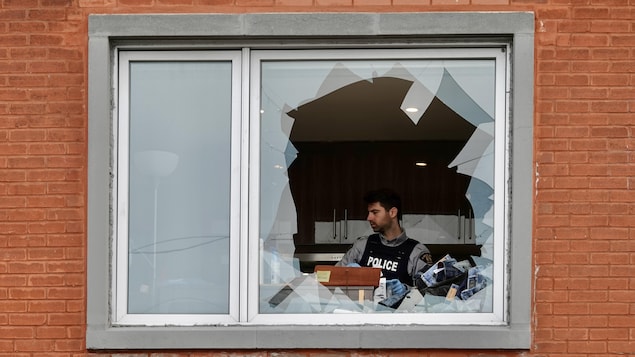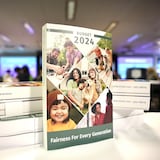- Home
- Politics
- Federal Politics
Canadian politics: Understanding Canada’s political system
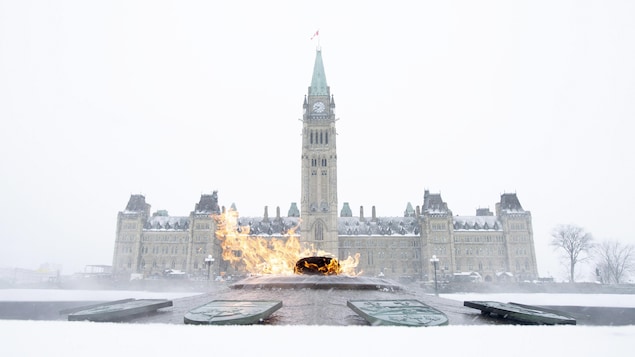
The Parliament of Canada is the federal legislature of Canada, seated at Parliament Hill in Ottawa, and is composed of three parts: the Monarch, the Senate, and the House of Commons.
Photo: La Presse canadienne / Adrian Wyld
In this longform, we look at the Canadian federal political system from every angle.
From the representative structure to the organization of elections and the history of the regime, we give you a detailed explanation of it all:
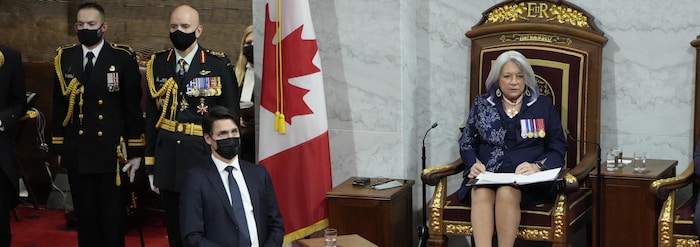
Click on the title to read the chapter on the Canadian political system.
Photo: La Presse canadienne / Adrian Wyld
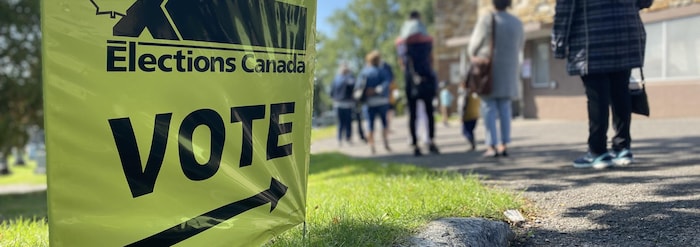
Click on the title to read the chapter on how Canadian federal elections work.
Photo: Radio-Canada / Hadi Hassin
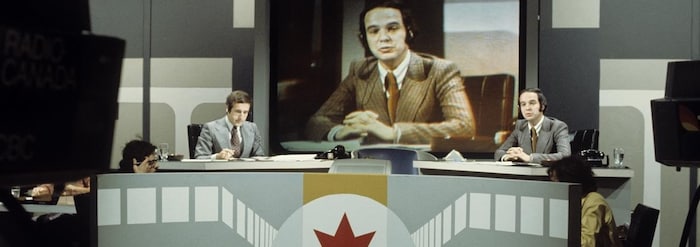
Click on the title to consult the results of all Canadian federal elections.
Photo: Radio-Canada / Jean-Pierre Karsenty
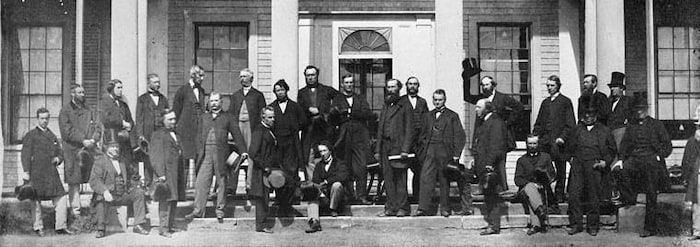
Click on the title to read the chapter on Canadian political history.
Photo: Bibliothèque et Archives Canada
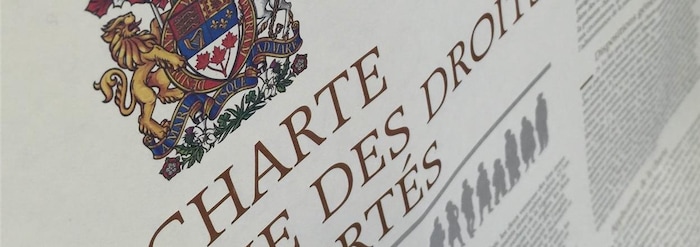
Click on the title to read the chapter on the Canadian Charter of Rights and Freedoms.
Photo: Radio-Canada / David Horemans
